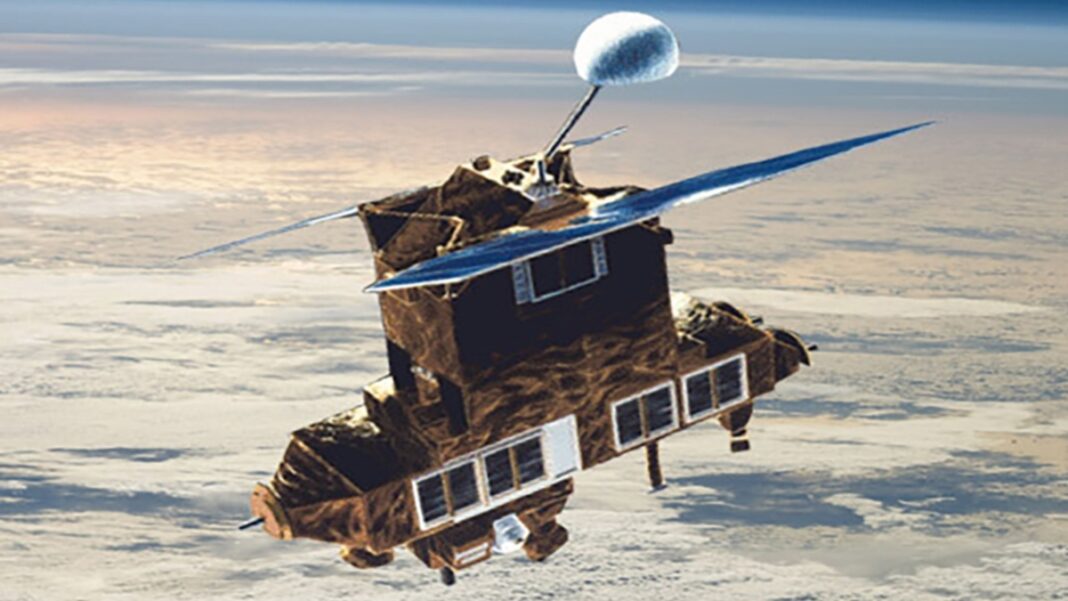UNITED STATES: The Earth Radiation Budget Satellite (ERBS), which was placed into orbit to gauge the Earth’s radiative energy budget, is set to fall from space.
The retired spacecraft is expected to re-enter Earth’s atmosphere in the early hours of January 9.
According to the American Department of Defense, the satellite will re-enter the atmosphere on January 9 at around 6:40 p.m. EST (5:10 a.m.), with a +/- 17-hour uncertainty.
According to a NASA statement, “Scientists say that the satellite will start burning up as it travels through the atmosphere, but some parts should survive the re-entry. On Earth, there is an extremely minimal probability of danger for 1 in 9,400 persons.”
As part of its ongoing inquiry into how the Earth absorbed and radiated energy from the sun, ERBS also measured stratospheric ozone, water vapour, nitrogen dioxide, and aerosols.
On October 5, 1984, it was launched into low-Earth orbit as a part of NASA’s three-satellite Earth Radiation Budget Experiment (ERBE) programme.
The spacecraft consisted of three sensors: two to study the Earth’s radiative energy balance and one to measure ozone and other stratospheric elements.
NASA claims that “ERBS worked well past its projected two-year service life, retiring in 2005. Thanks to its observations, researchers were able to assess the effects of human activities on the Earth’s radiation balance.”
“NASA has continued to build on the success of the ERBE mission with efforts like the current Clouds and the Earth’s Radiant Energy System (CERES) suite of satellite experiments,” it added.
The information gathered by the spacecraft was used to develop the worldwide Montreal Protocol Agreement, which led to a sharp decline in the usage of ozone-depleting chlorofluorocarbons globally.
The information the spacecraft collected was used to help develop the global Montreal Protocol Agreement, which resulted in a dramatic decrease in the use of ozone-depleting chlorofluorocarbons worldwide.
Also Read: Mars Dust Storm Poses No Threat to Perseverance’s Rock Samples, Says NASA



